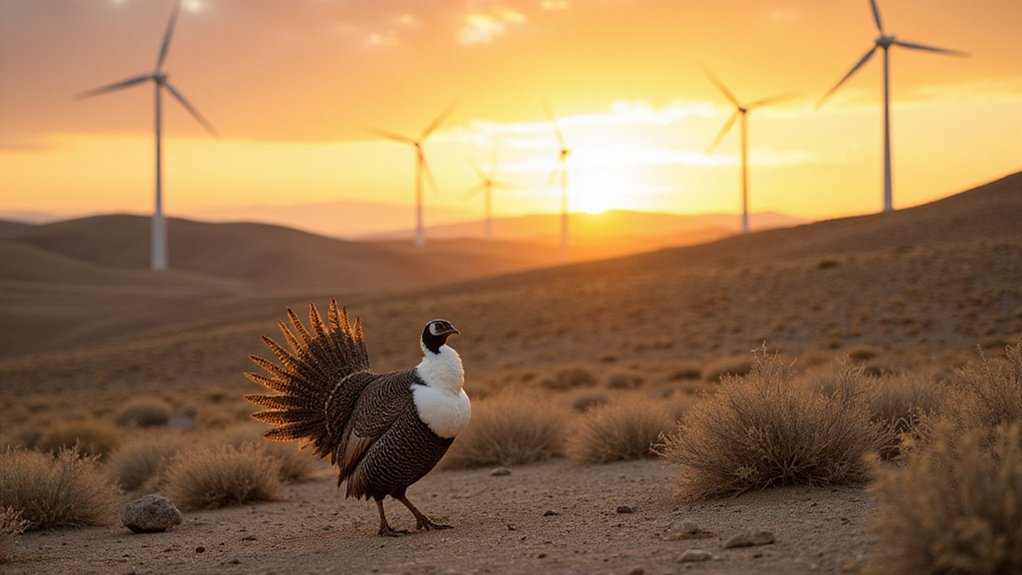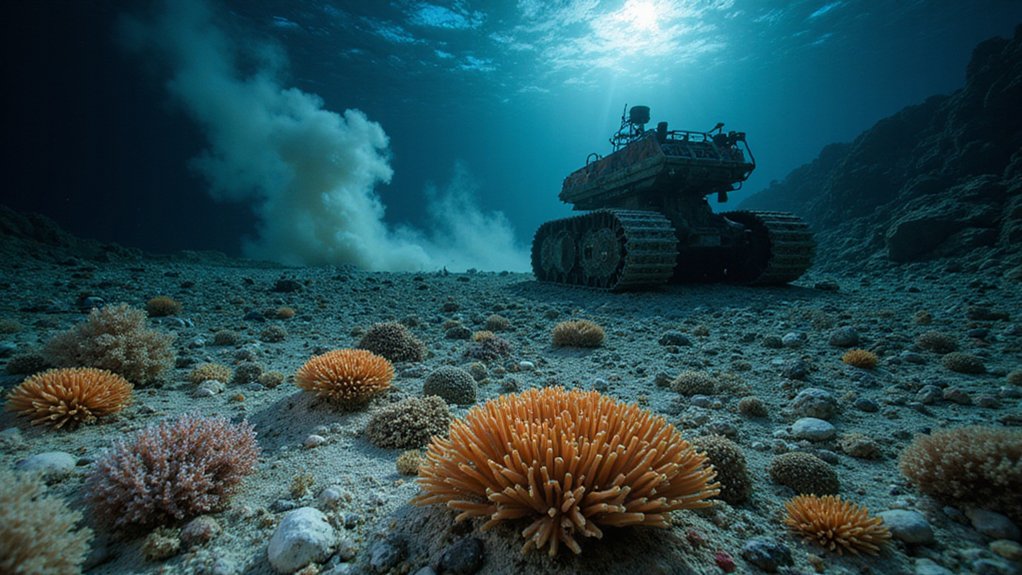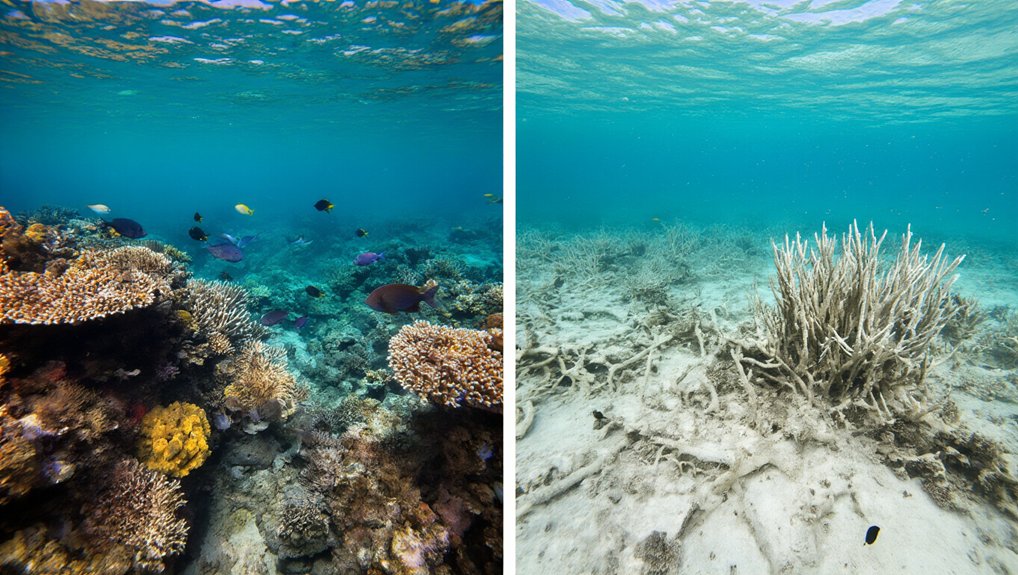As the former Biden administration pushed for more renewable energy across federal lands, wildlife officials worried about protecting the sage grouse and its shrinking habitat.
The Bureau of Land Management manages nearly 67 million acres of sagebrush habitat where these ground-dwelling birds live. This habitat covers about 80% of Wyoming and stretches across several western states. While most areas suitable for renewable energy sit outside sage-grouse territory, the overlap zones create serious concerns. Recent studies show that rapid industrialization has already negatively impacted ecosystems in many western regions.
Overlap between renewable energy sites and sage-grouse territory creates serious conservation concerns across western states.
Recent research shows wind farms directly harm sage grouse populations. A first-of-its-kind study found that male birds abandon their breeding grounds, called leks, when wind turbines appear nearby. Higher turbine density leads to more birds leaving. Three leks near concentrated wind development became completely inactive, with no birds returning. Female sage grouse also avoid wind energy areas during critical brood-rearing periods and summer months when raising their young.
The BLM published proposed updates in November 2024 to strengthen habitat protections on public lands. Current rules allow renewable energy development in general sage-grouse areas but restrict it in priority zones. The agency’s Western Solar Plan specifically placed solar energy zones outside sage-grouse habitat to avoid conflicts.
However, renewable energy projects need more than just generation sites. They require transmission lines to carry electricity to cities and towns. These power lines create additional habitat disturbances beyond the wind and solar facilities themselves. Planning where to put these lines while protecting wildlife adds another layer of complexity.
The U.S. Geological Survey identified specific distances where development should be limited to protect sage grouse. But there’s no one-size-fits-all solution. The right distance varies based on local conditions, terrain, and bird populations. Project planners must evaluate each situation individually using the best available science.
This situation highlights a tough environmental trade-off. The federal government wants to expand clean energy to fight climate change. At the same time, it must protect endangered wildlife and their homes. Some activists believe renewable energy can expand without heavily impacting sage grouse, but the evidence suggests otherwise. The American Wind Energy Association has formed a Sage-Grouse Research Collaborative to better understand how wind farms affect these birds and develop protection strategies.
Wildlife officials fear that without careful planning, the rush for green energy could push sage grouse closer to extinction. Federal intervention under the Endangered Species Act could then limit the nation’s ability to develop renewable resources.
References
- https://www.blm.gov/blog/2024-04-23/clean-energy-healthy-habitat
- https://www.iwf.org/2024/08/05/onshore-wind-development-could-impact-sage-grouse-populations/
- https://www.blm.gov/sites/blm.gov/files/BLM-USFS Sage-grouse Plans Fact Sheet Final915.pdf
- https://www.doi.gov/pressreleases/interior-department-proposes-strengthened-protections-greater-sage-grouse-habitat
- https://blogs.law.columbia.edu/climatechange/2014/08/14/sage-grouse-protection-threatens-growth-of-renewable-energy/








